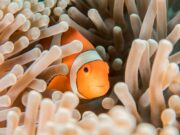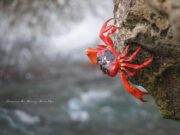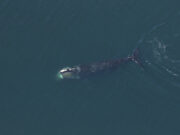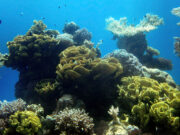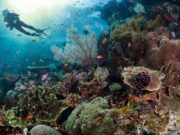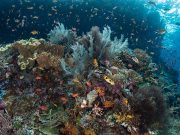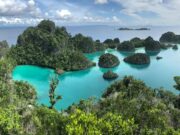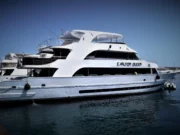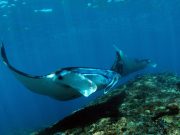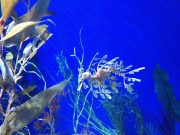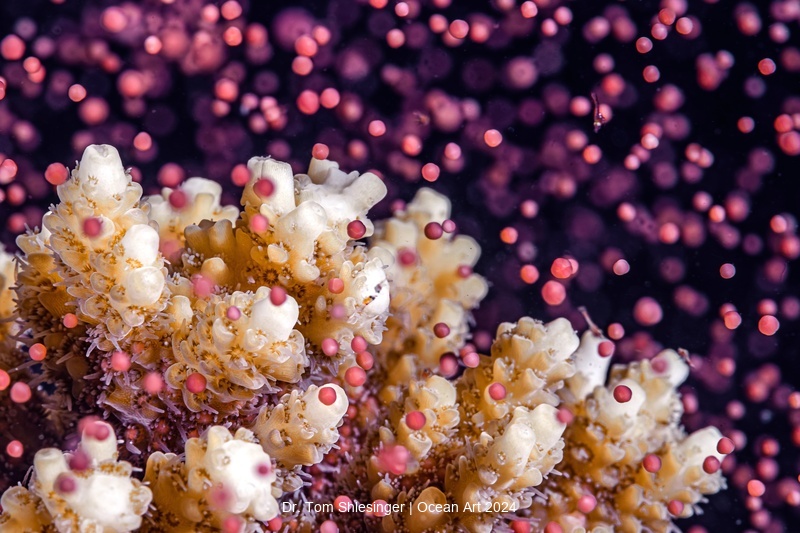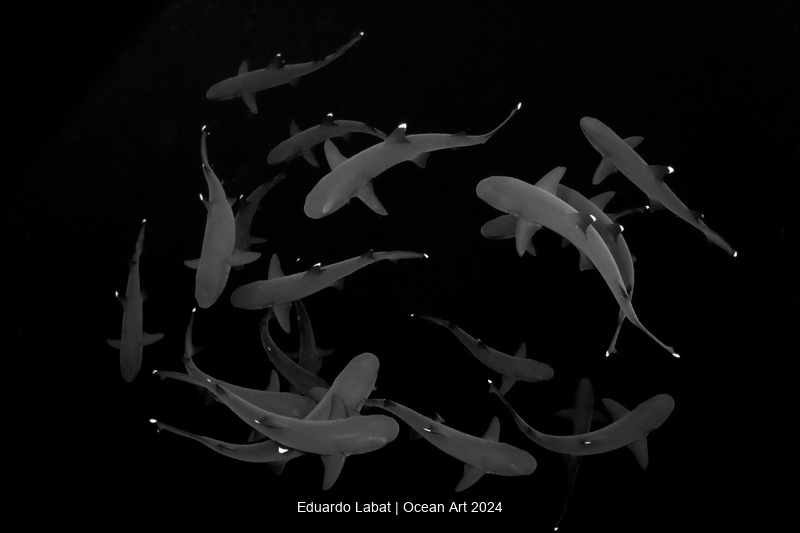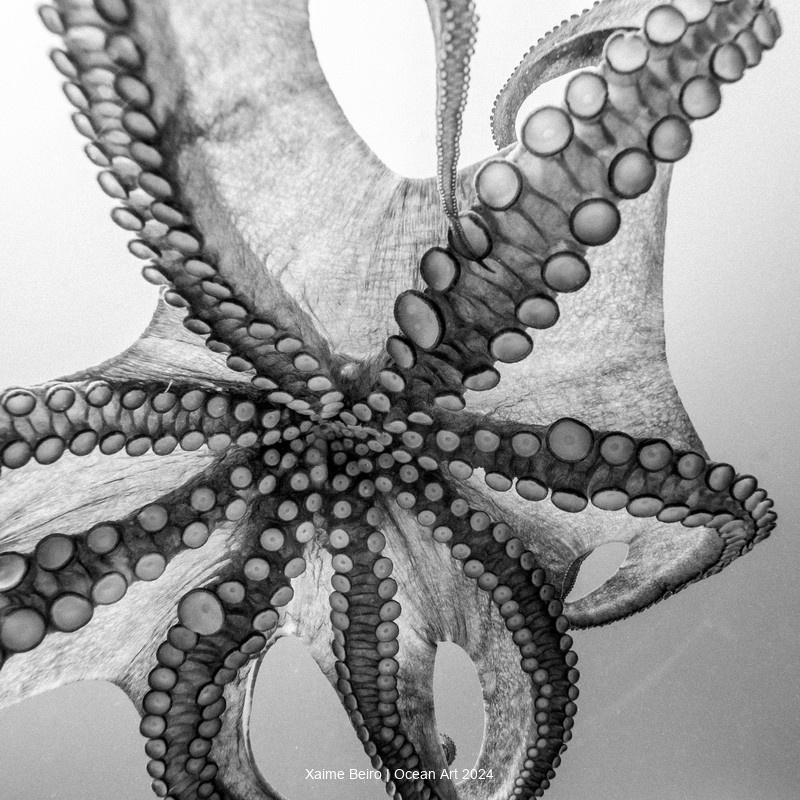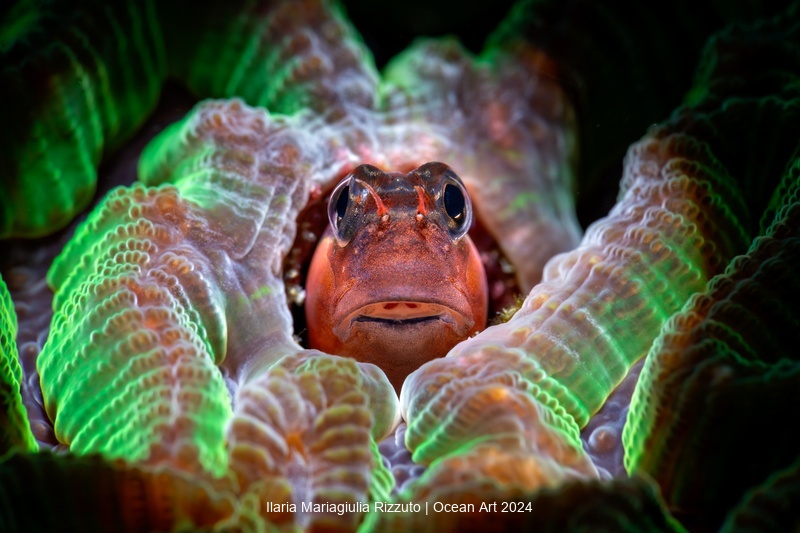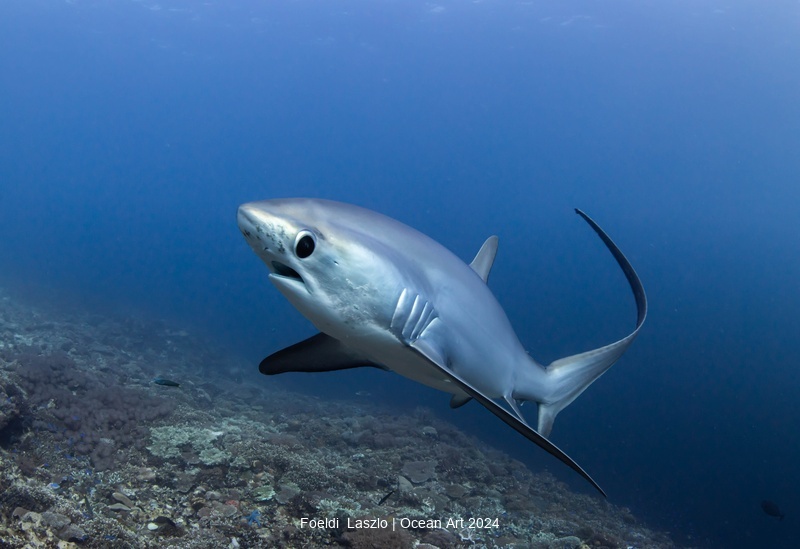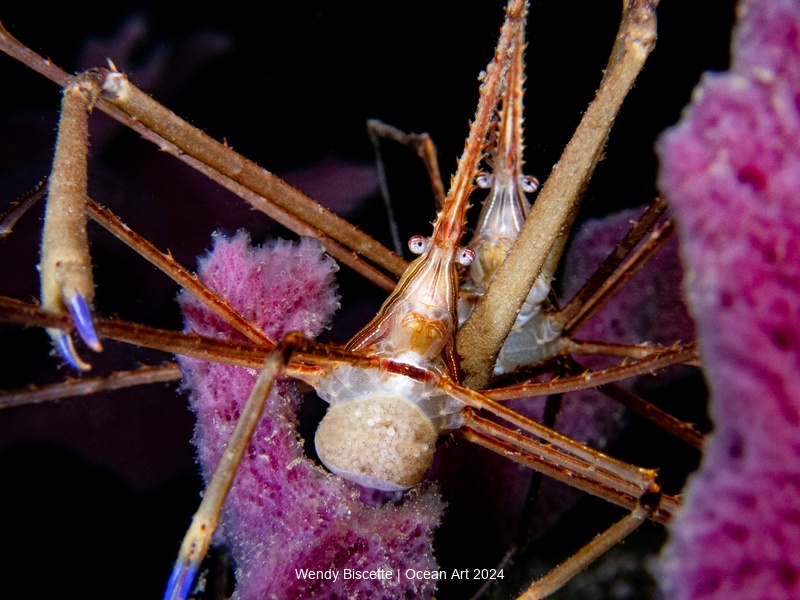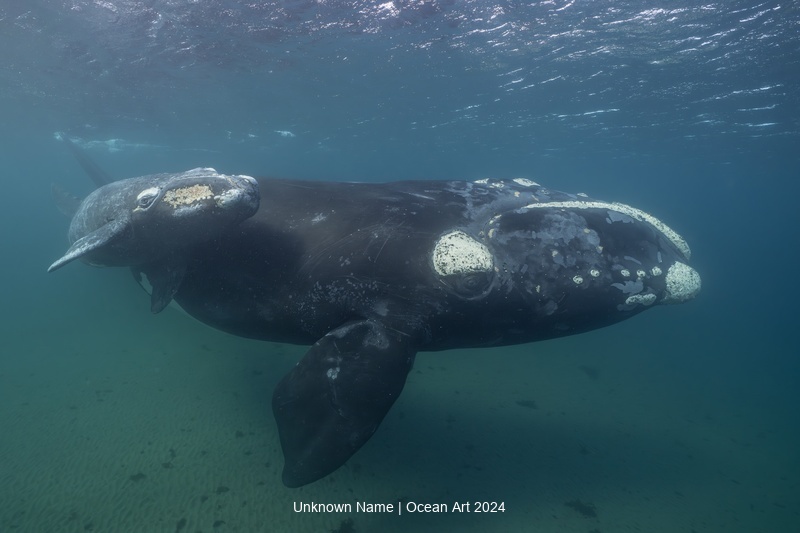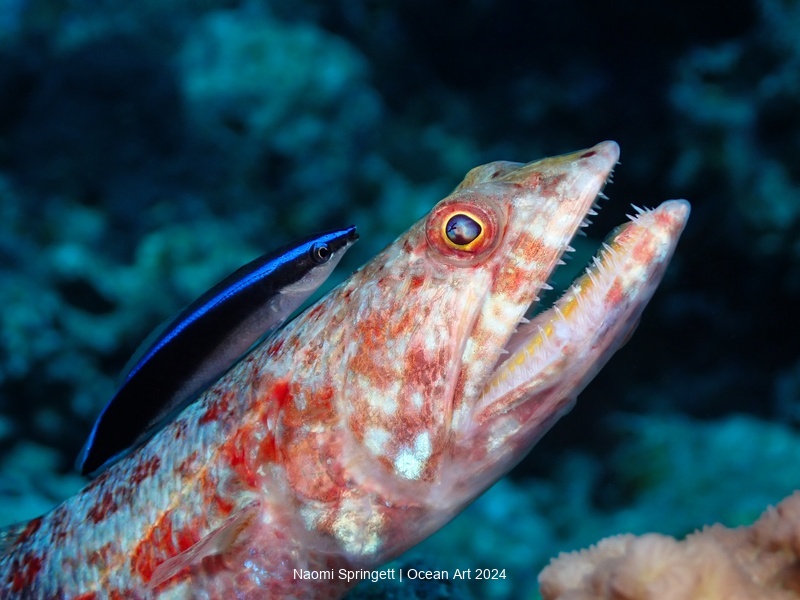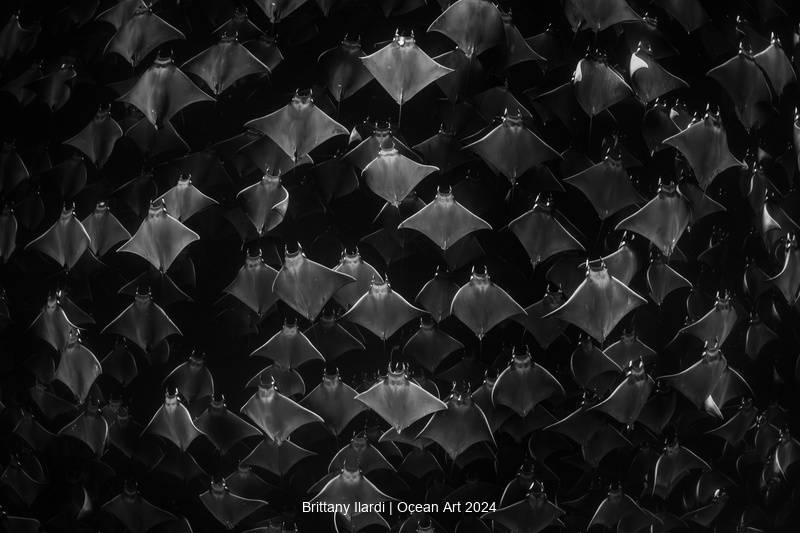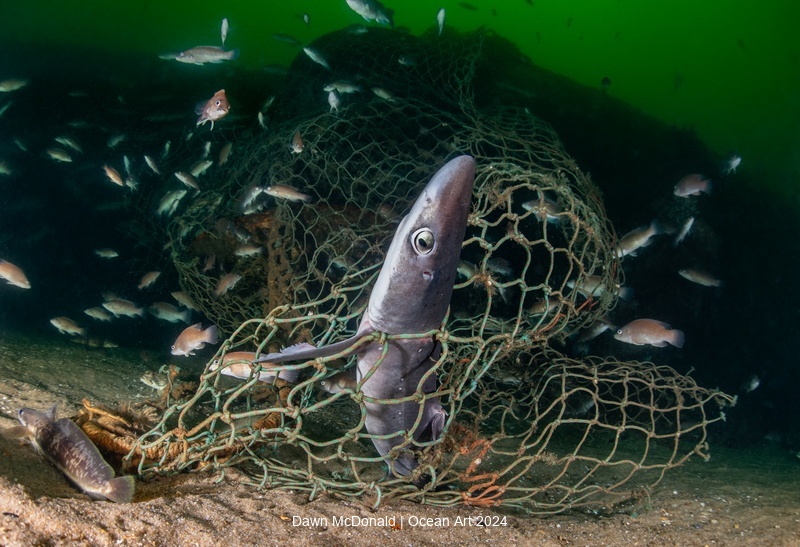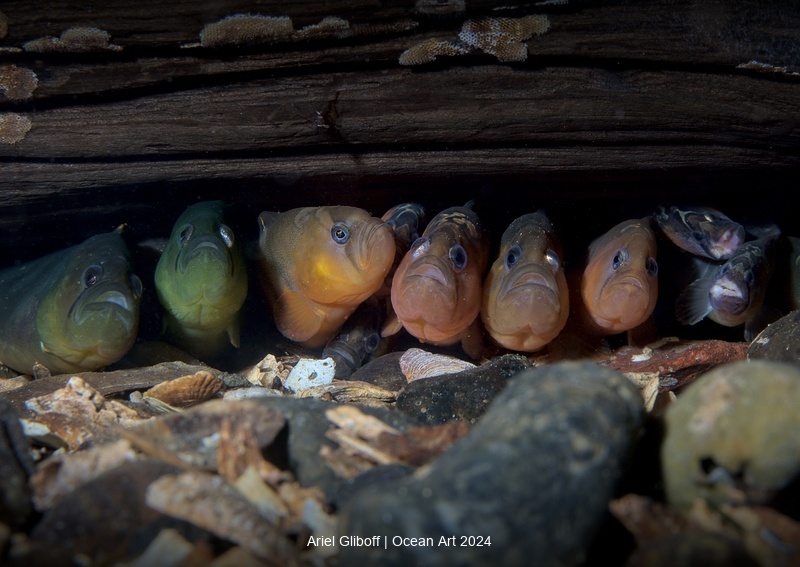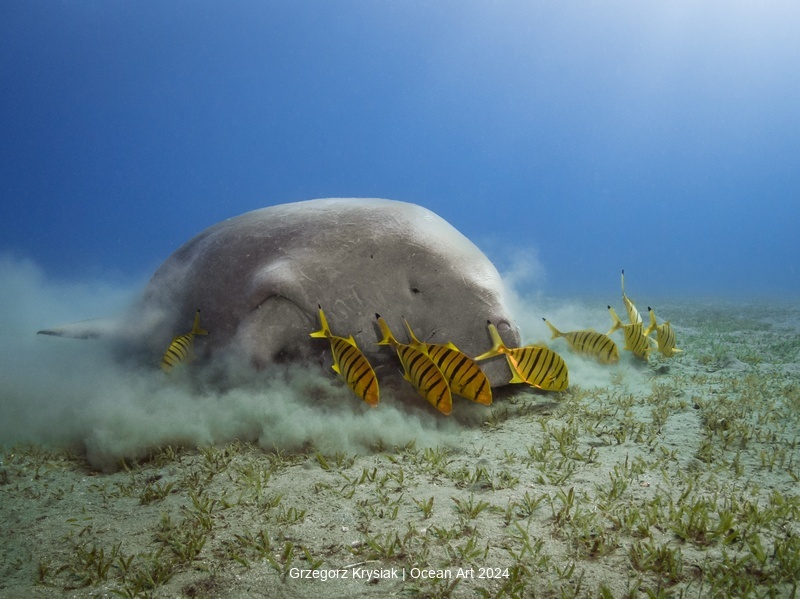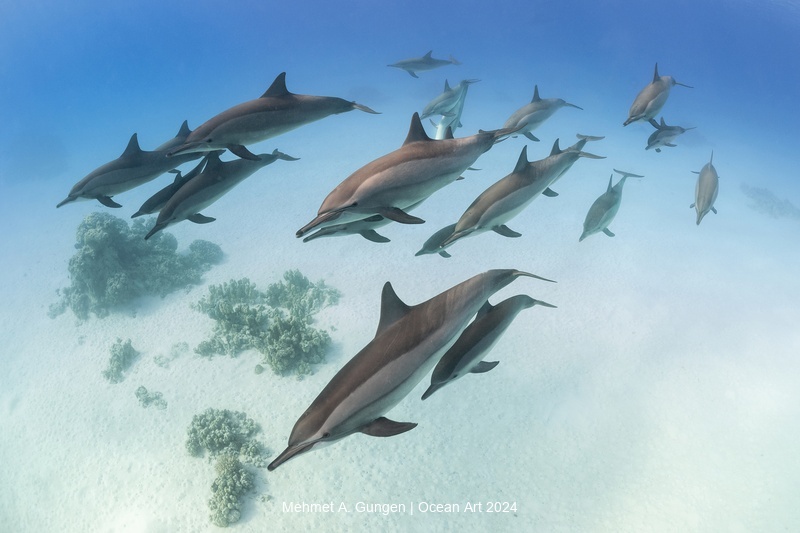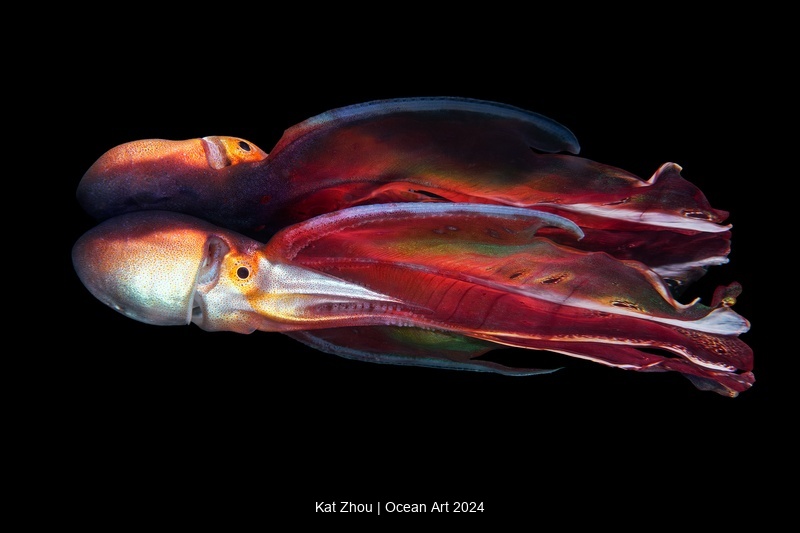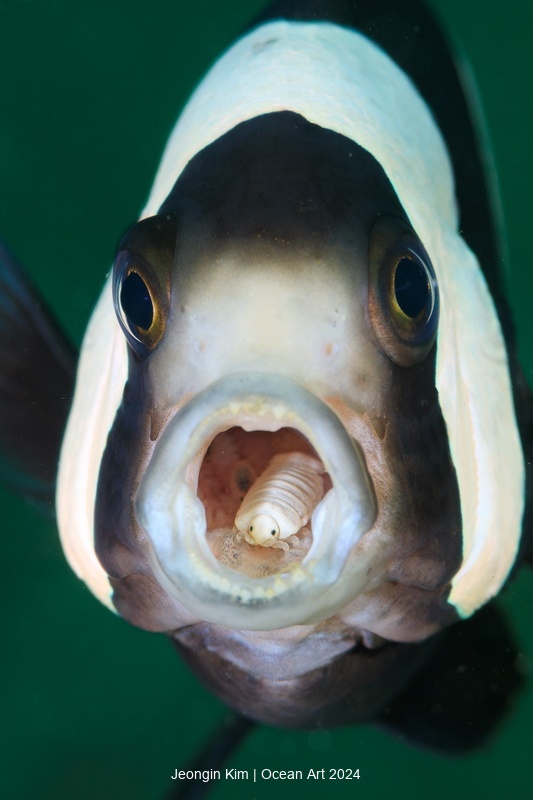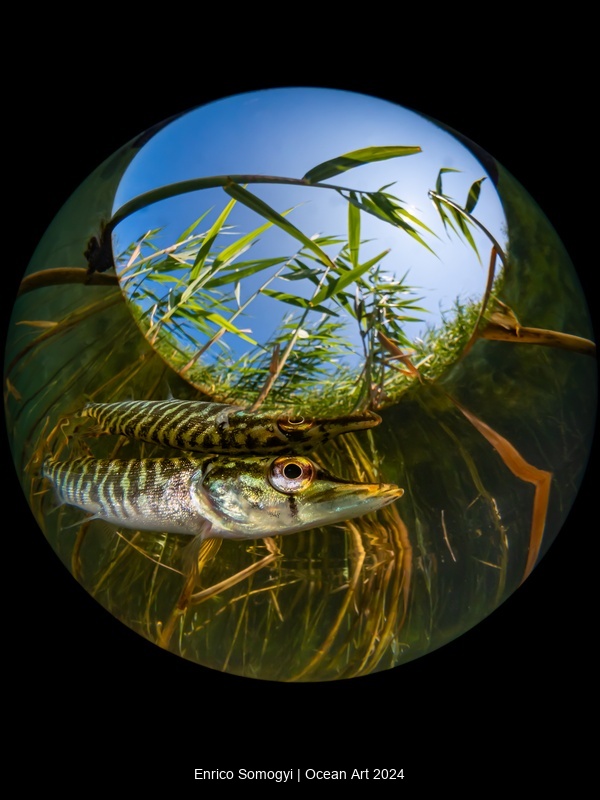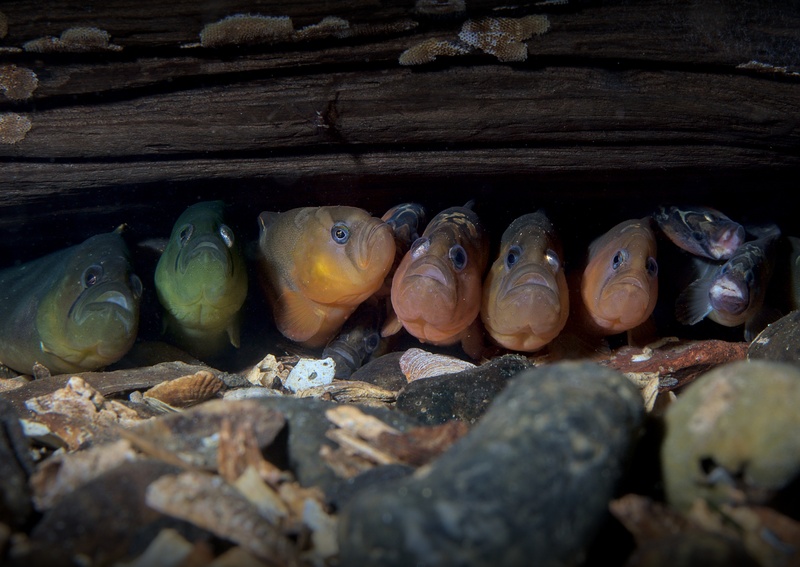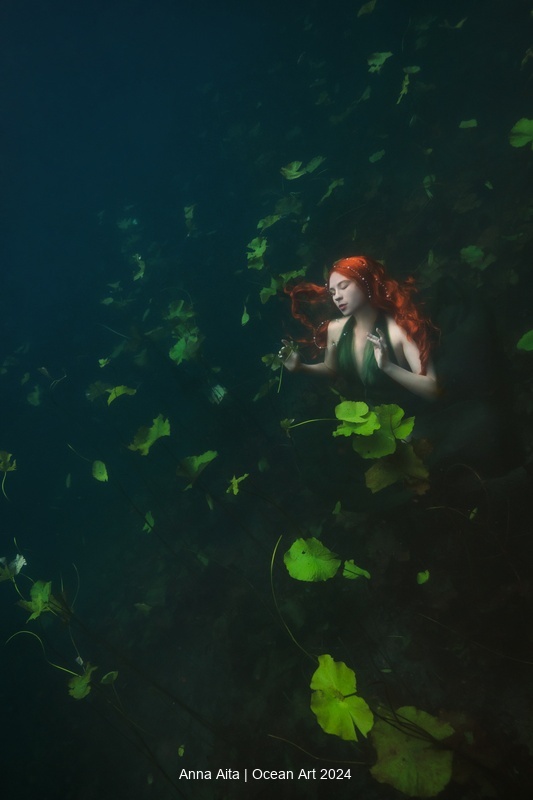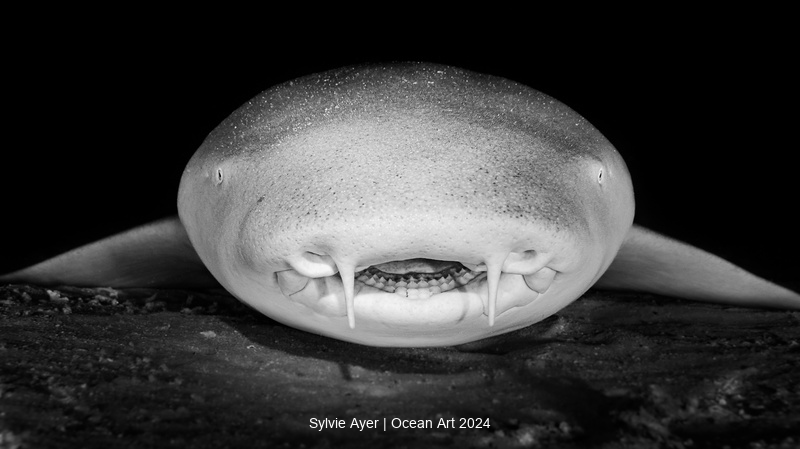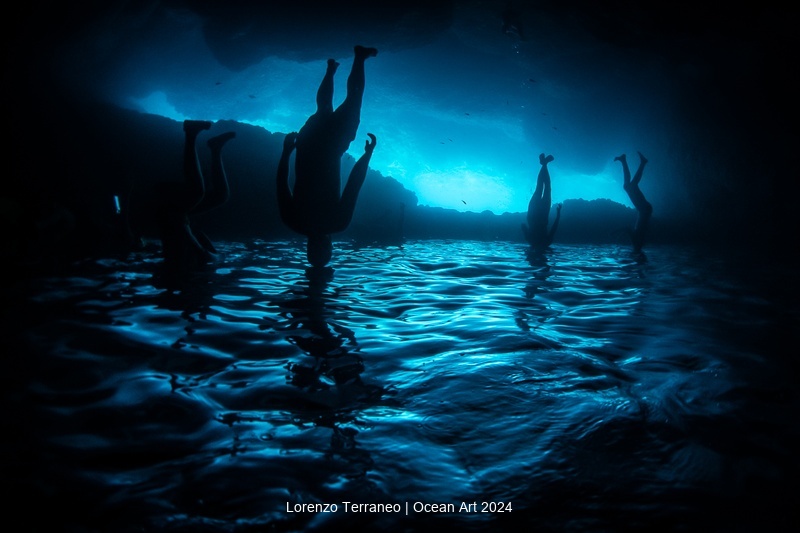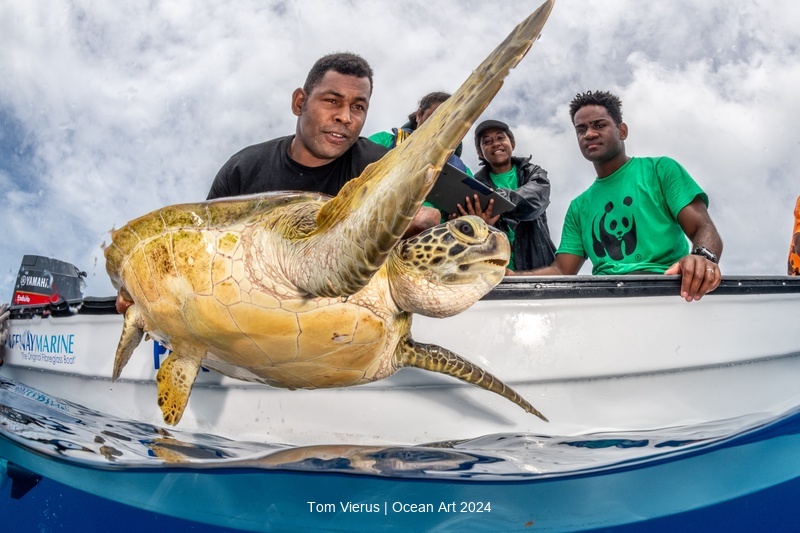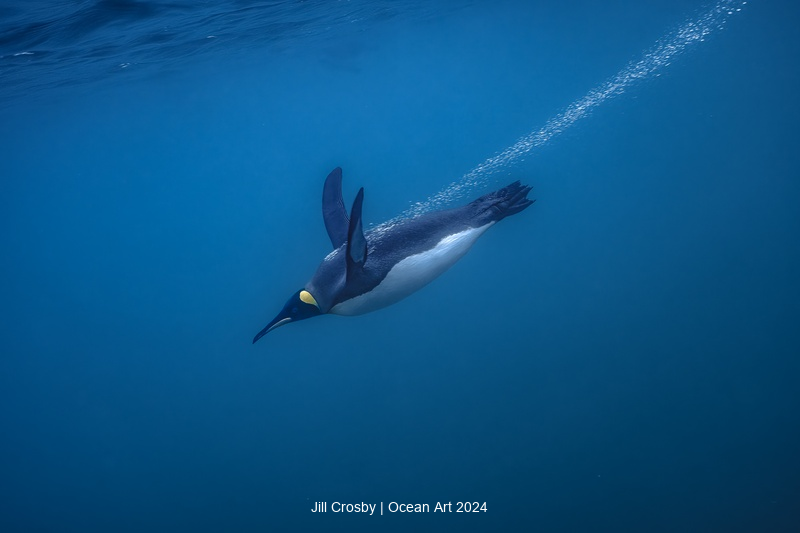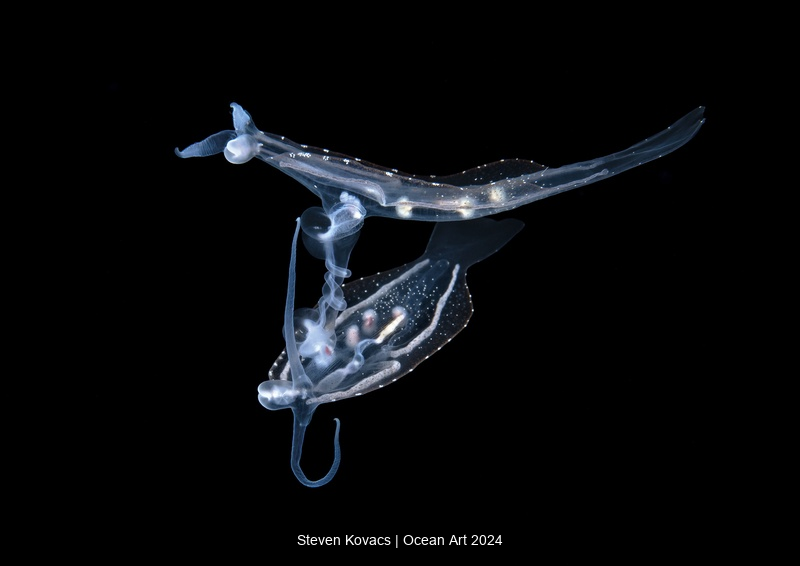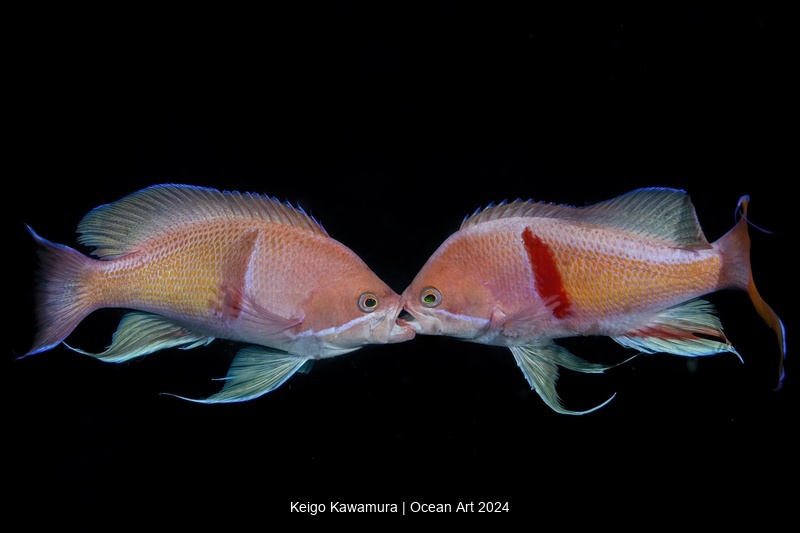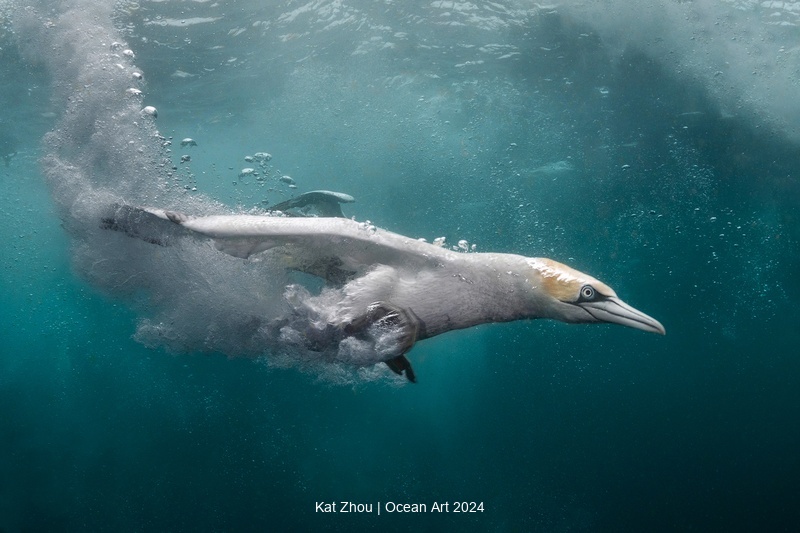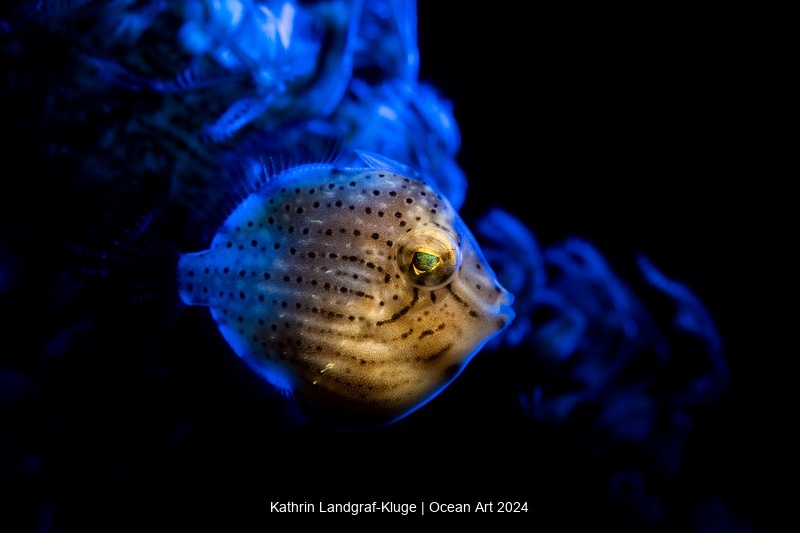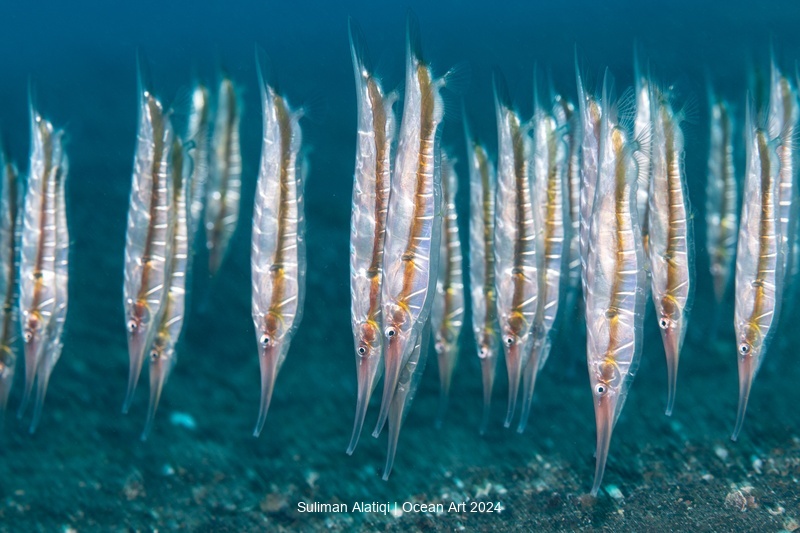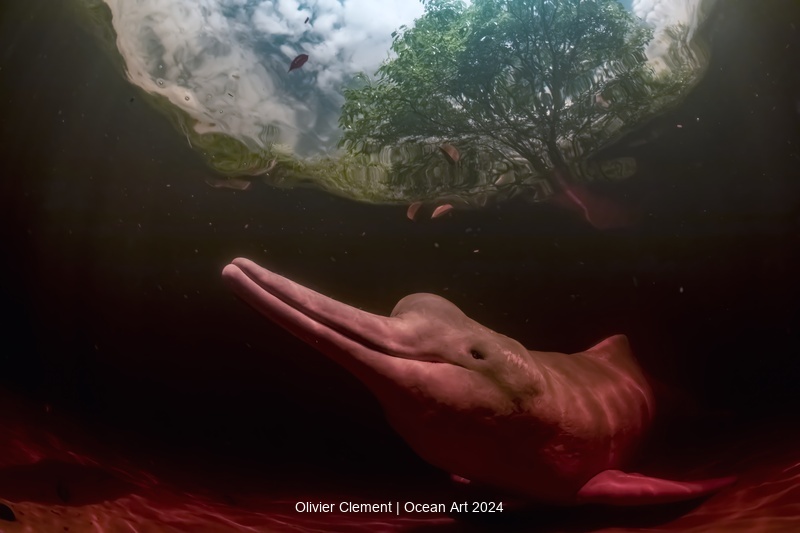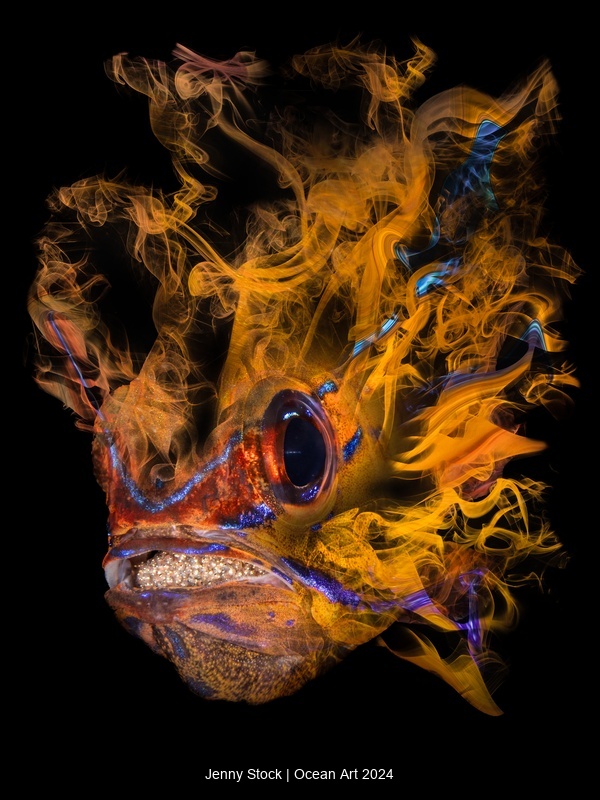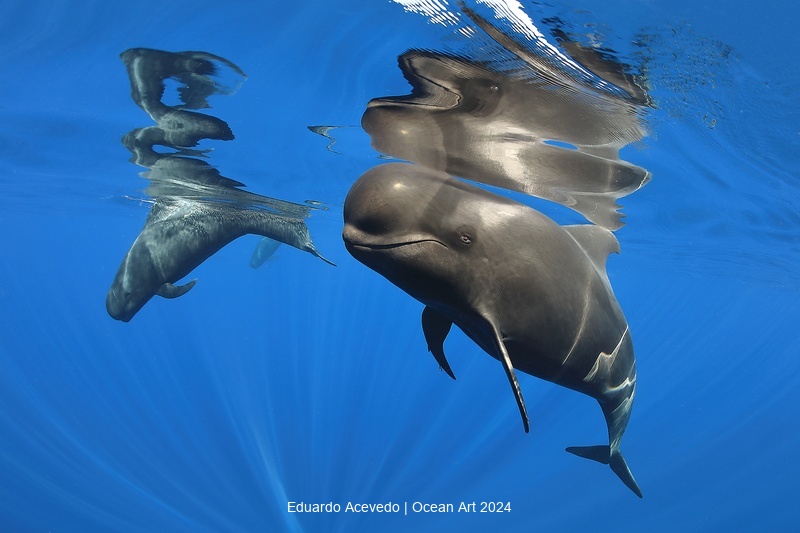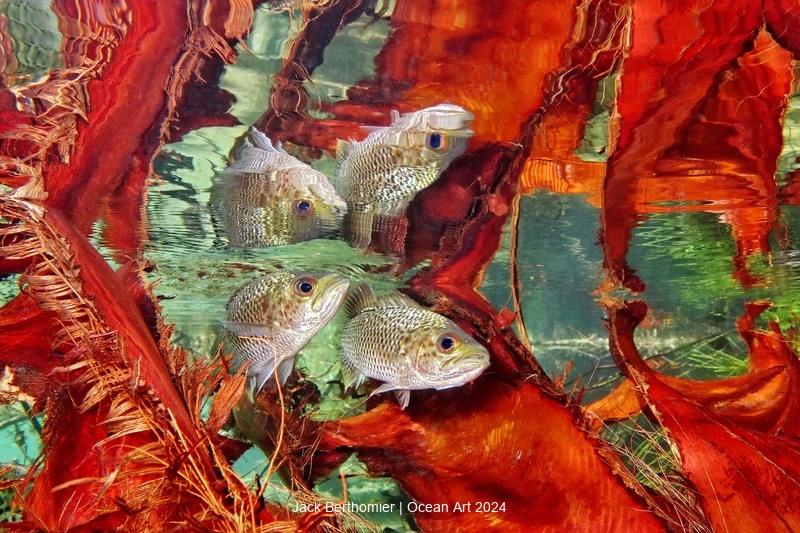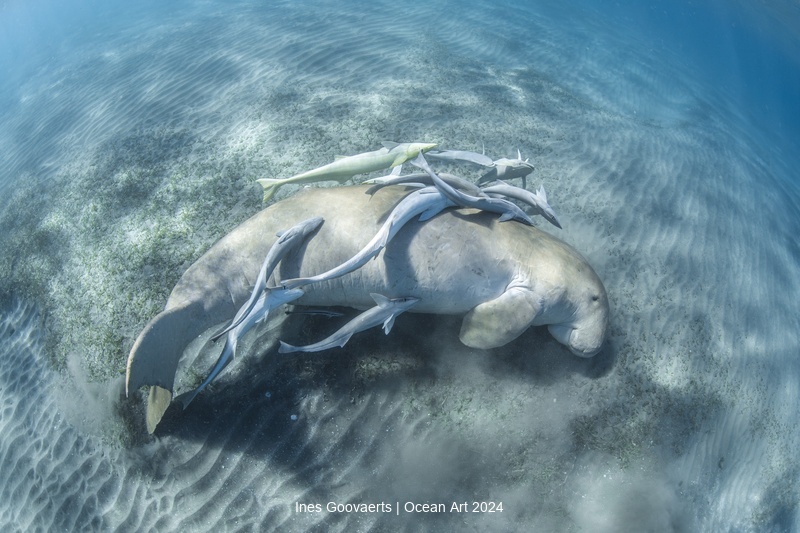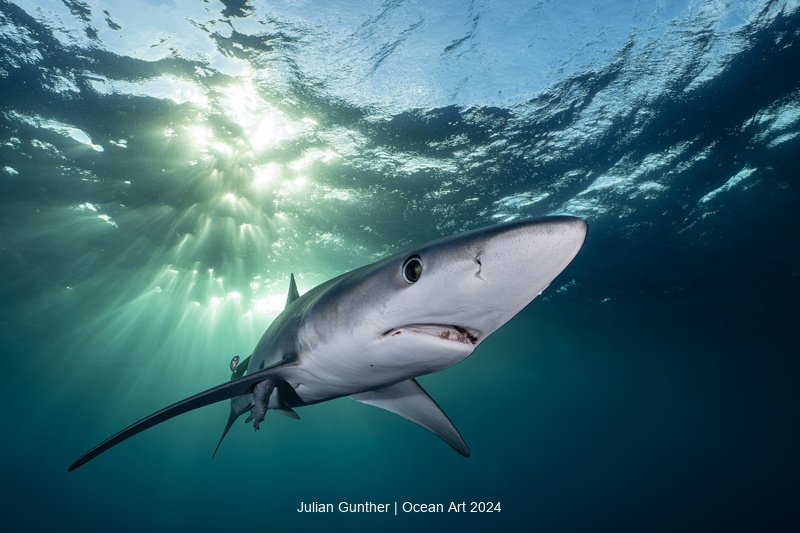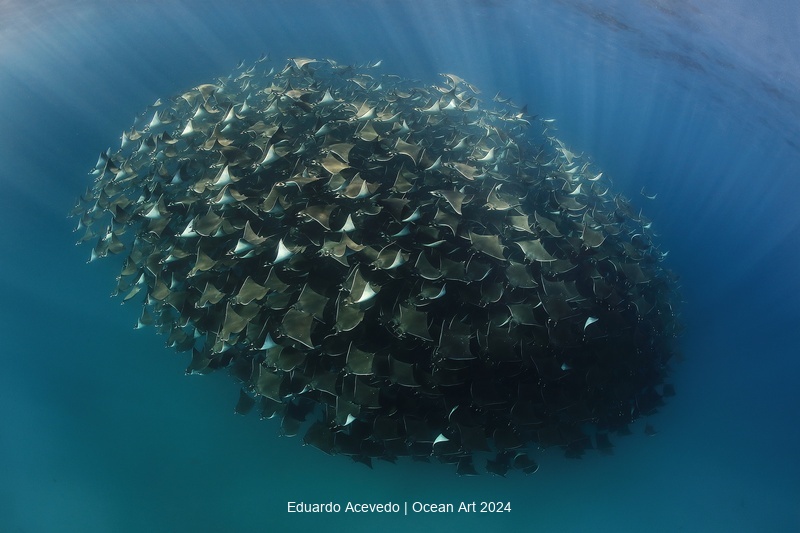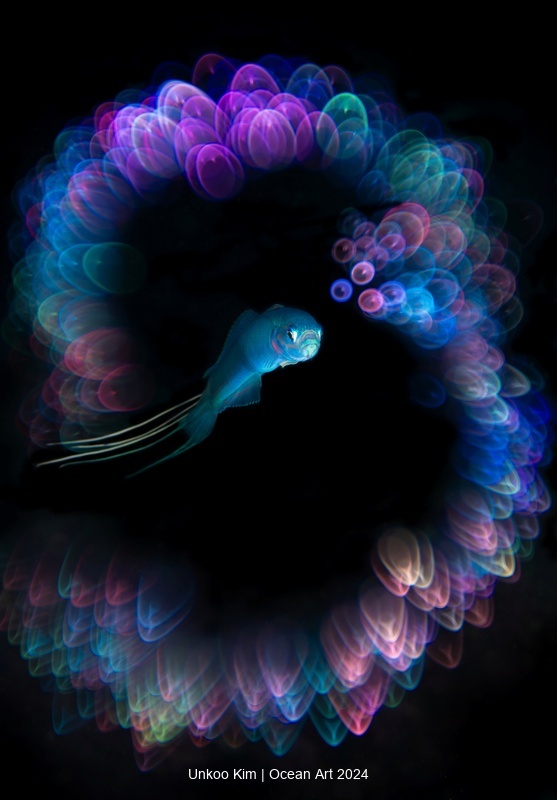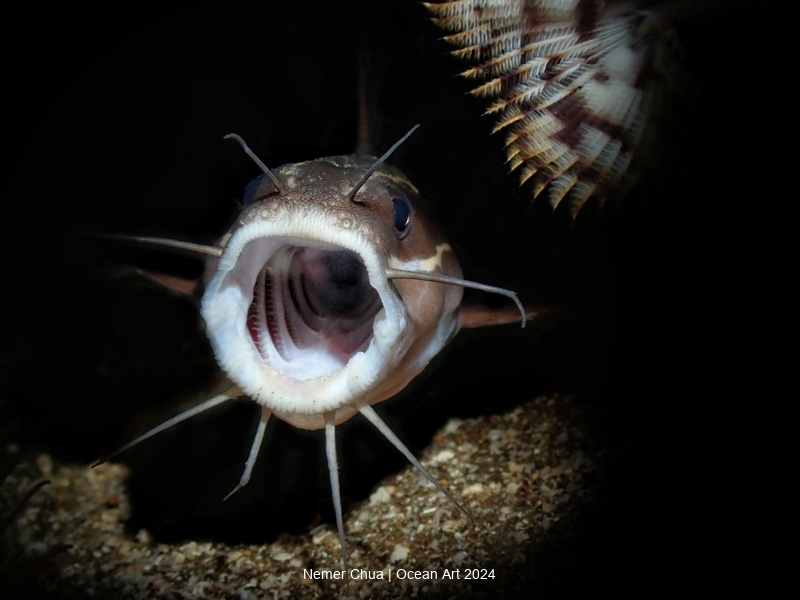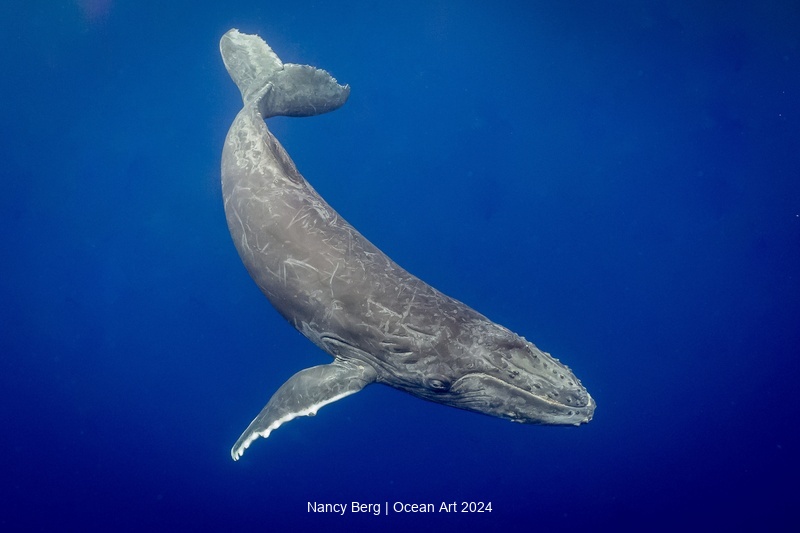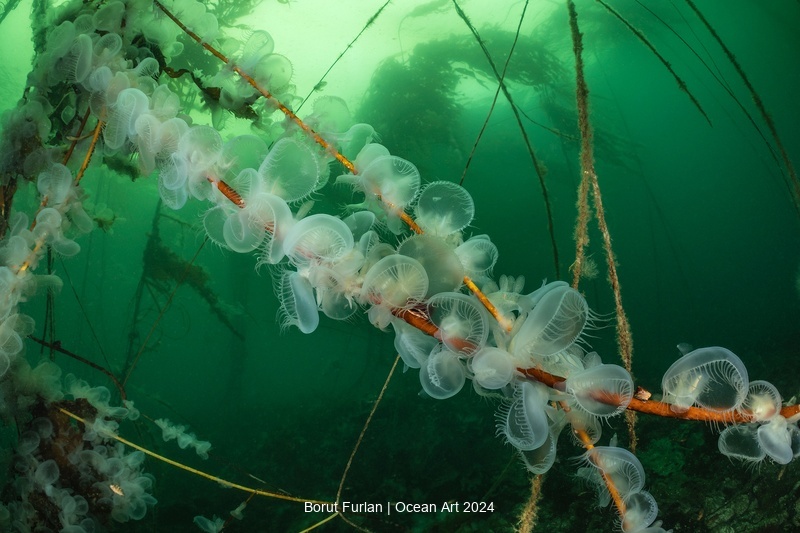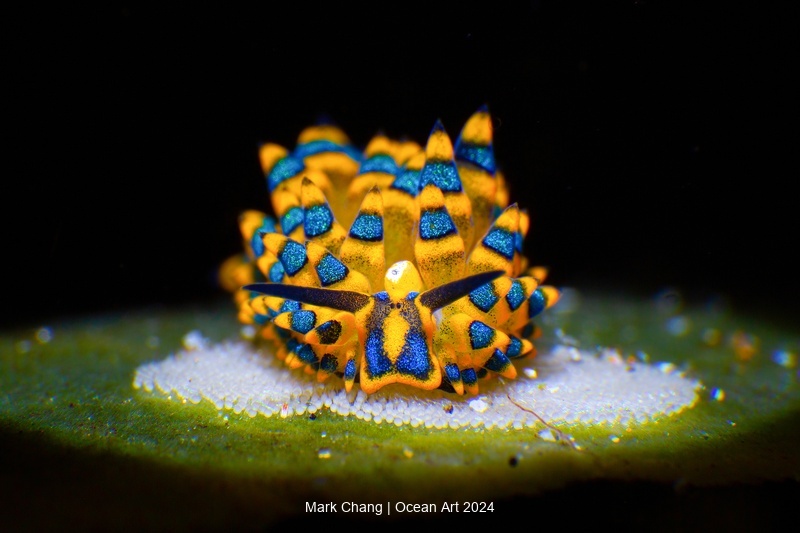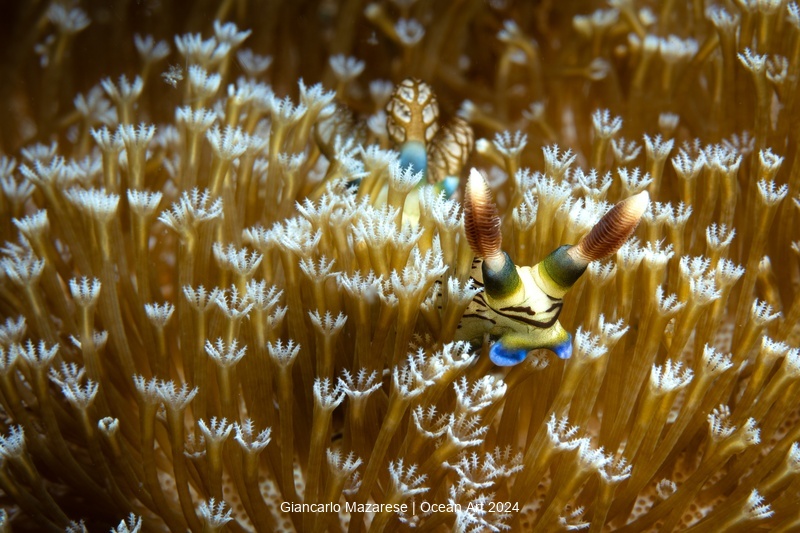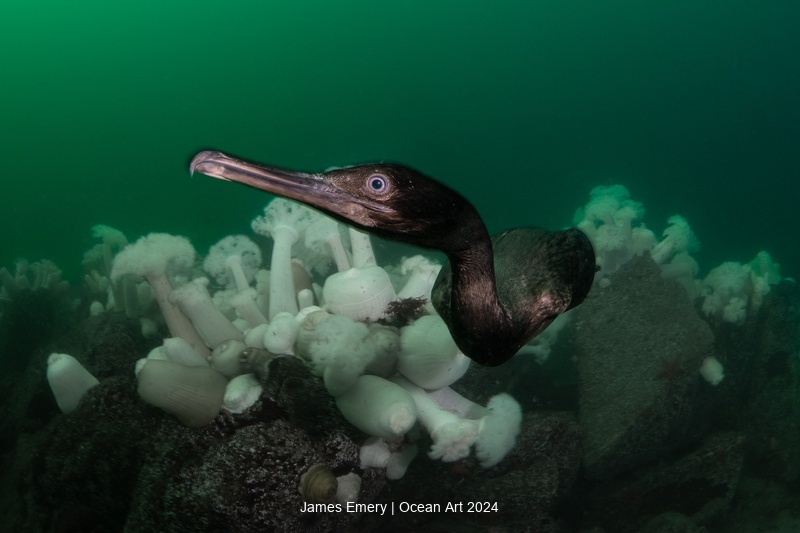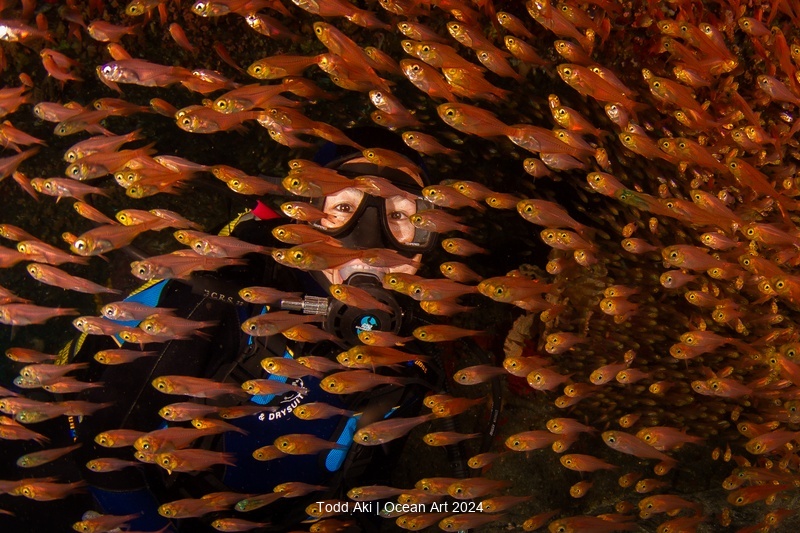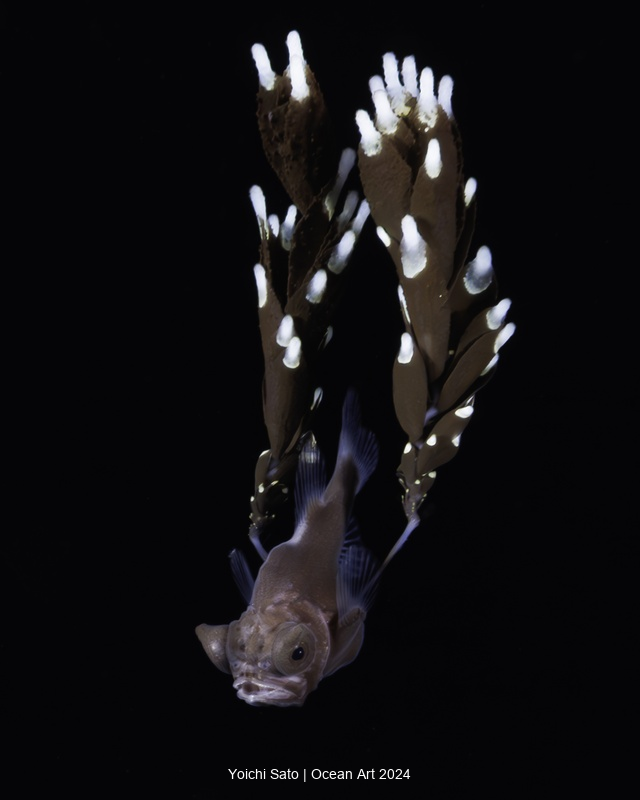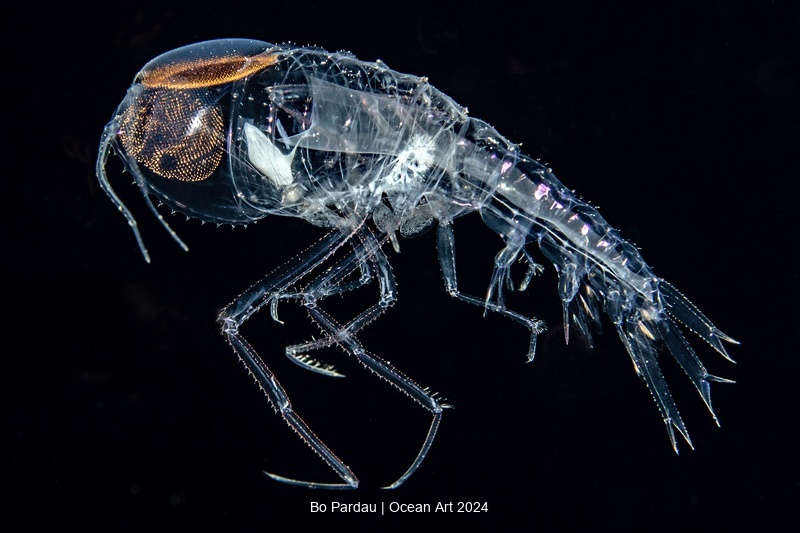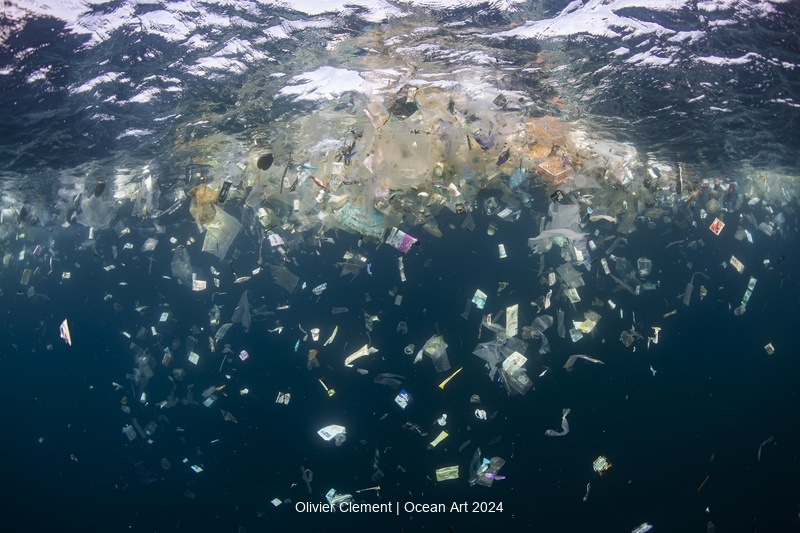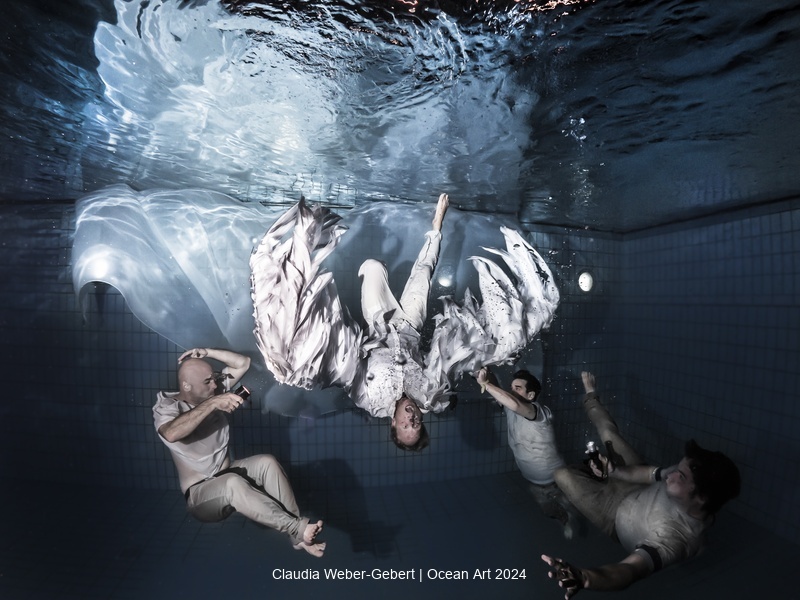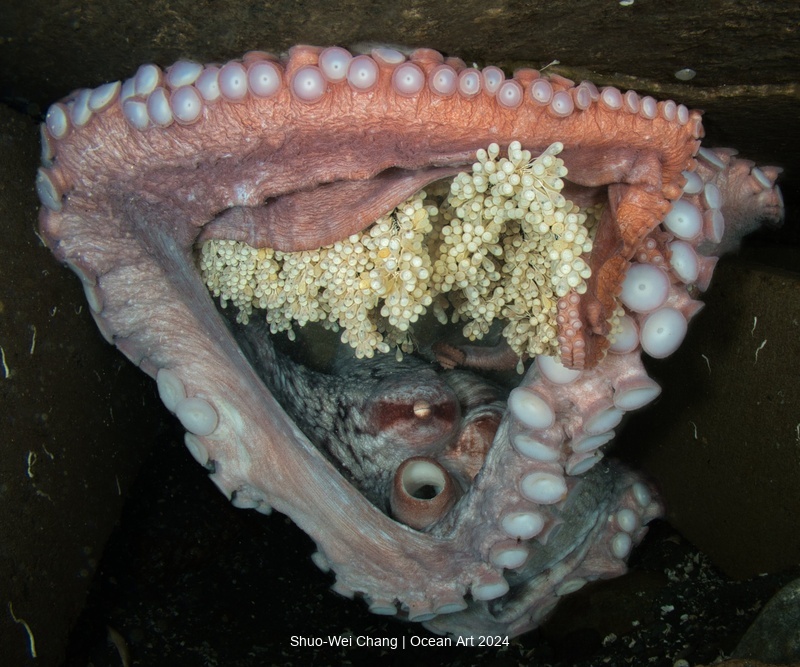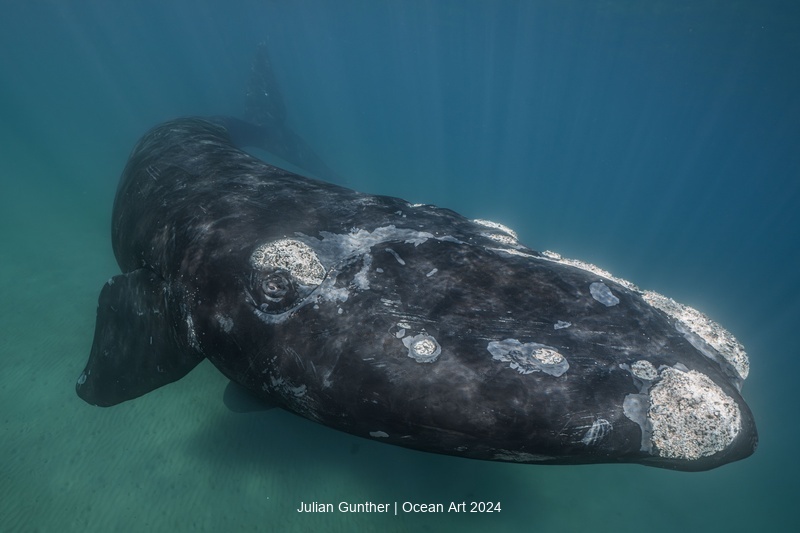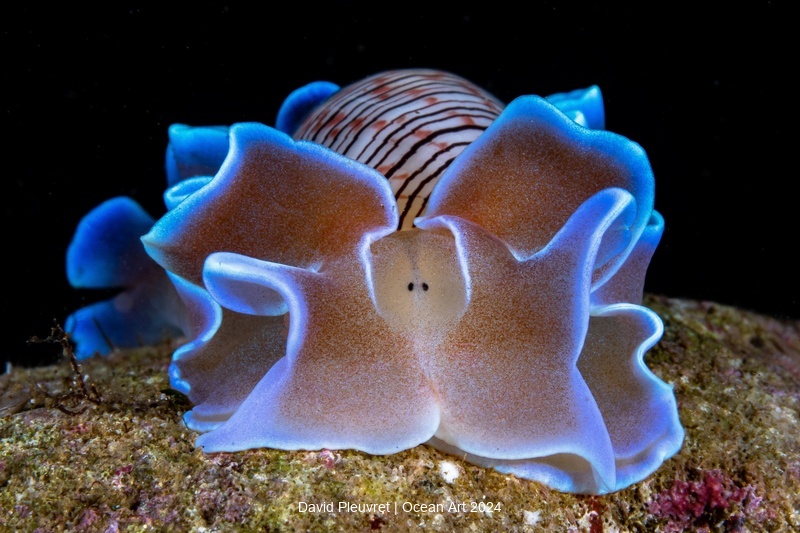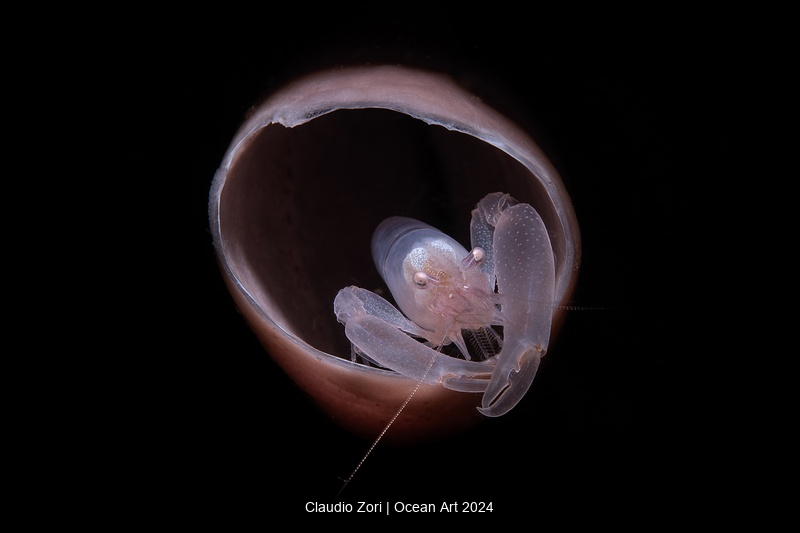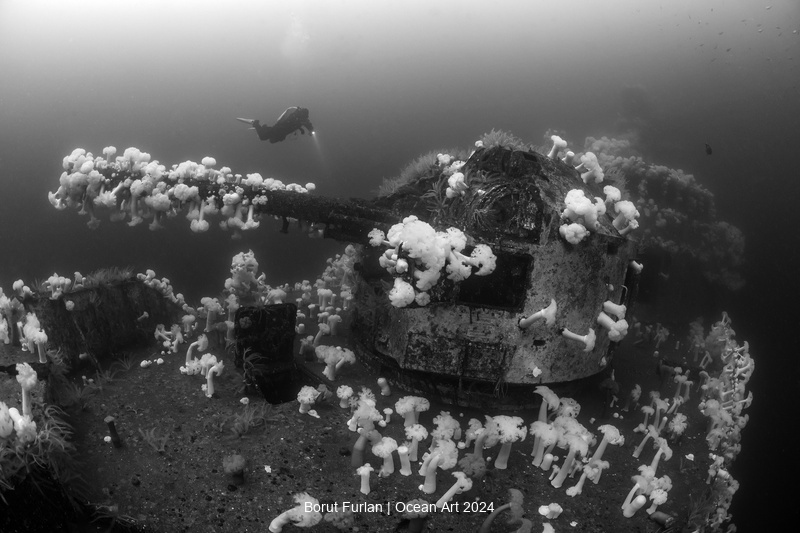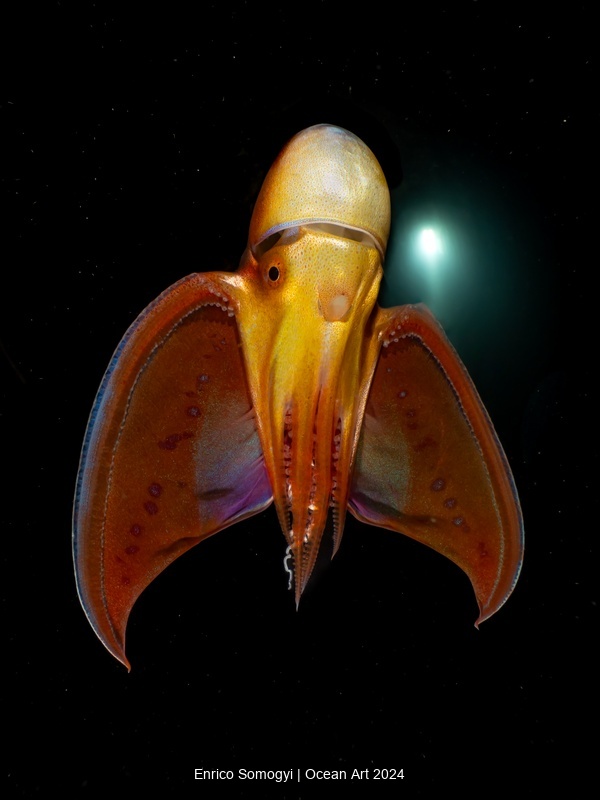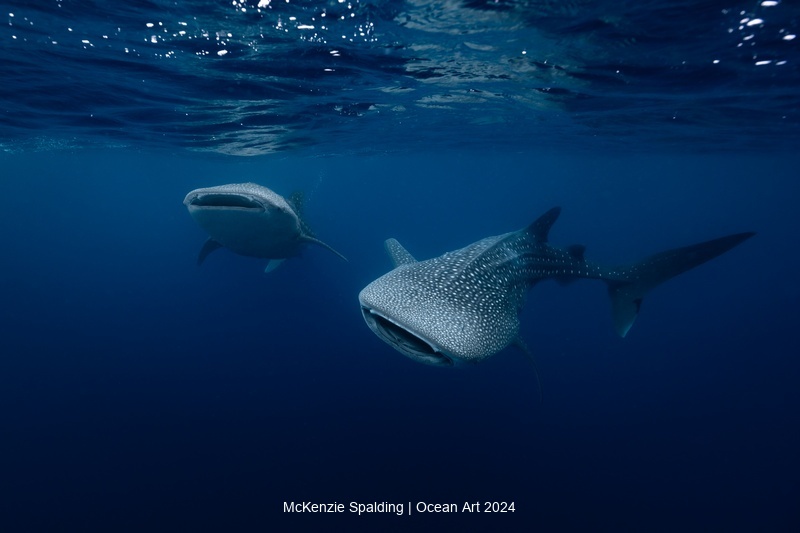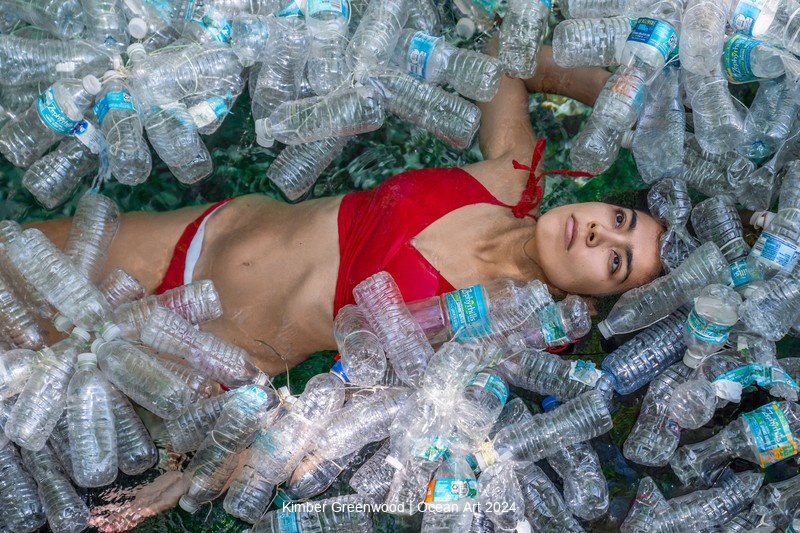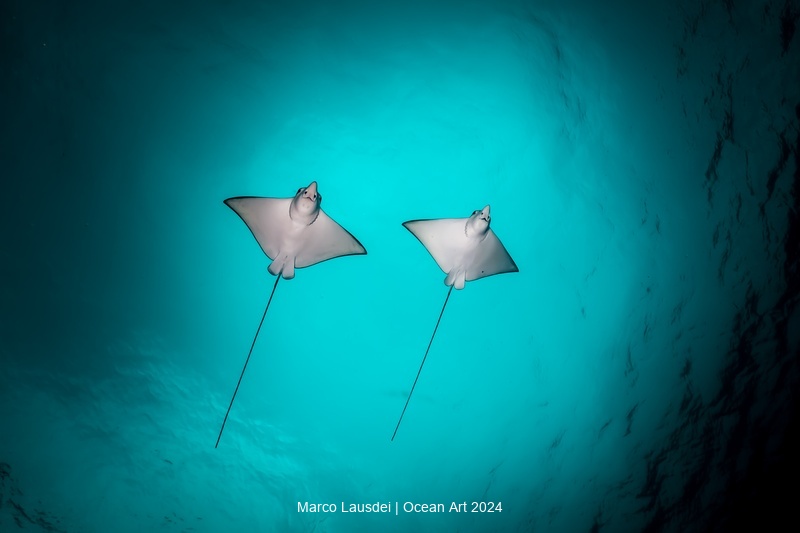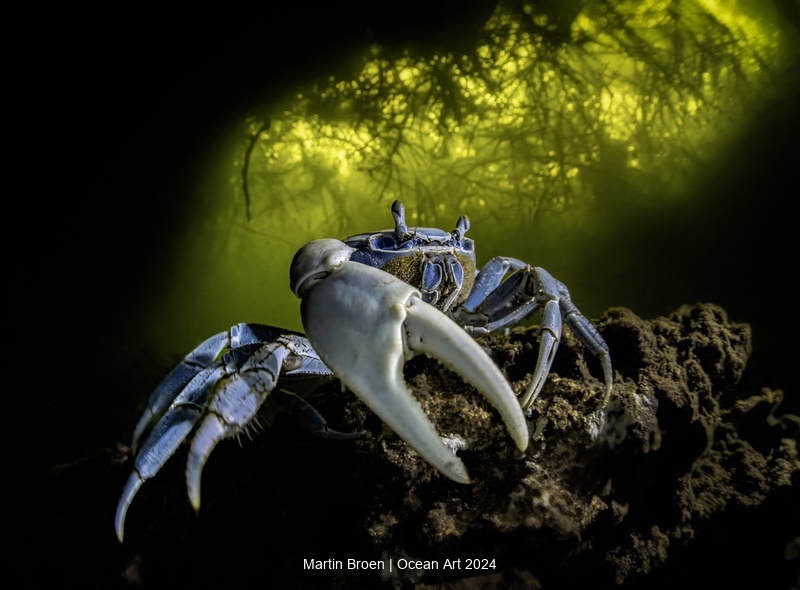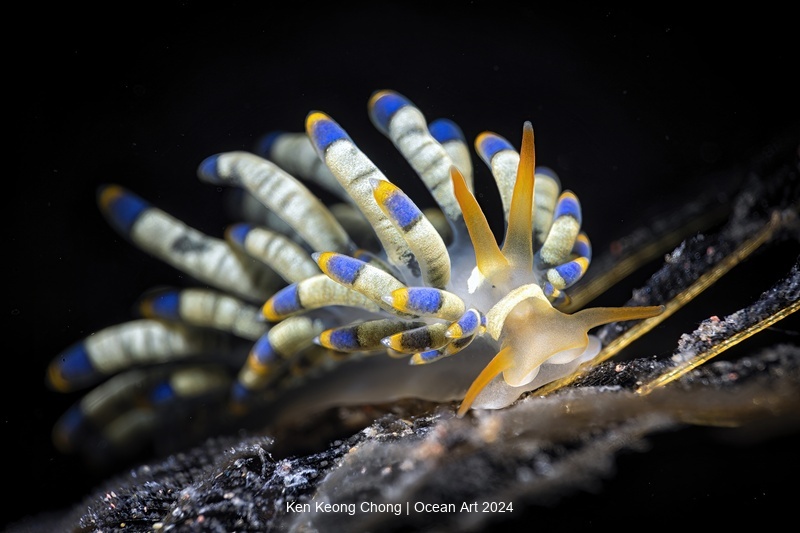Congratulations to all winners of the Ocean Art Underwater Photo Competition, organised by the Underwater Photography Guide. Over $60,000 in prizes have been awarded to 59 professional and amateur photographers in 14 categories.
The best in show was awarded, for the first time, to a black and white photo. Eduardo Labat captured a dancing circle of white-tip reef sharks at Roca Partida, Revillagigedo, Mexico. The black and white category was highly competitive this year, celebrating the dramatic interplay of light and shadow in underwater photography
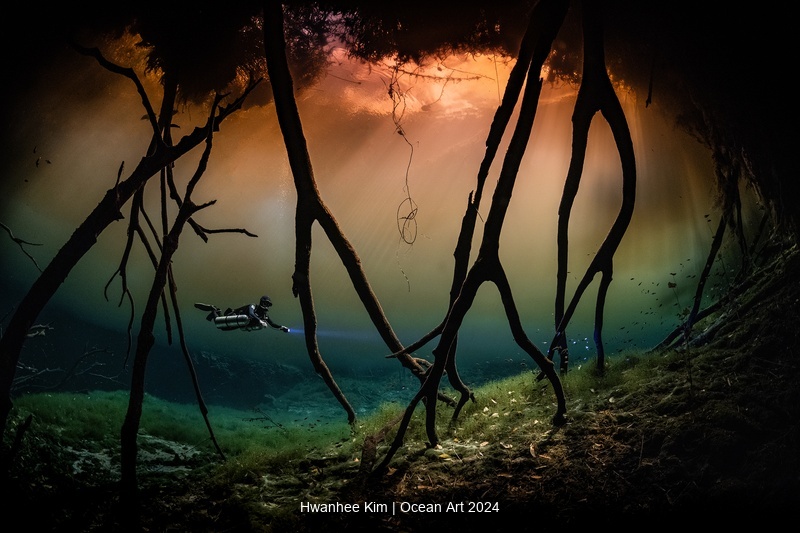
The winner of the wide angle category was Hwanhee Kim for her photo taken in Cancun. She explained “The week before I captured this shot, heavy rains fell in Cancun. Sediment and nutrients from the nearby CARWASH were washed into the cenote, creating stunning colours due to the difference in concentration. Rain is typically a challenge for underwater photography, but in this instance, it produced vibrant hues rarely seen underwater. Sunlight, with its strong vitality, pierced through the reddish waters, revealing a magical moment.”
Compact cameras also welcome
The contest wasn’t just for photographers with professional camera gear, there were also categories for compact cameras. Marco Lausdei took this fabulous shot with a Sony RX100m5 – Seafrog housing – Seafrog dome in the Maldives at a night dive at Maya Thila. Lausdei said “I noticed a whitetip reef shark moving in cyclical patterns, visibly attracted to a cloud of silverfish positioned along the Thila drop-off. Using a nearby boulder for cover, I carefully hid and minimized my bubbles, trying to get as close as possible without disturbing the predator’s behavior. Once the shark grew accustomed to my presence, I waited for one of its cyclical movements to bring it within flash range. I timed the shot to capture not only the shark but also the evasive motion of the cloud of potential prey. Understanding the subject’s habits and behaviour was essential to the success of this shot.”
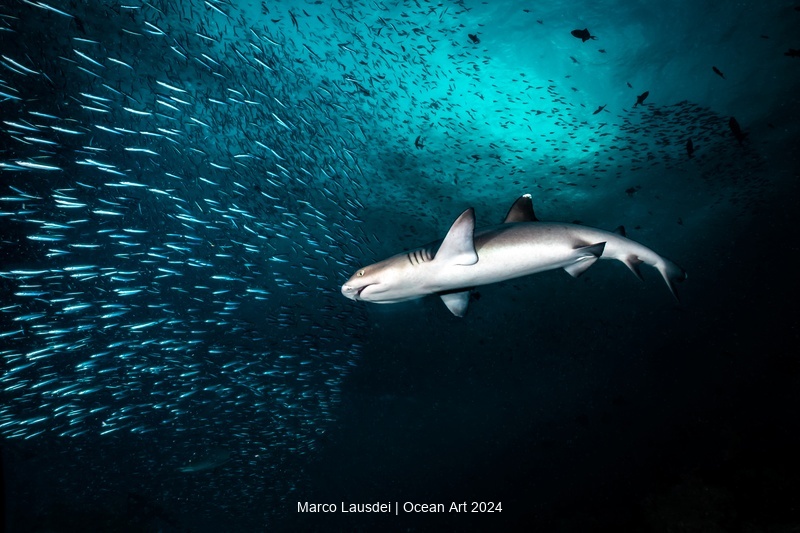
This beauty was shot with the commonly used Olympus TG-6, with Backscatter MF-1 by Jayson Apostol in the Philippines. Wish I could take photos like that with my TG-6.
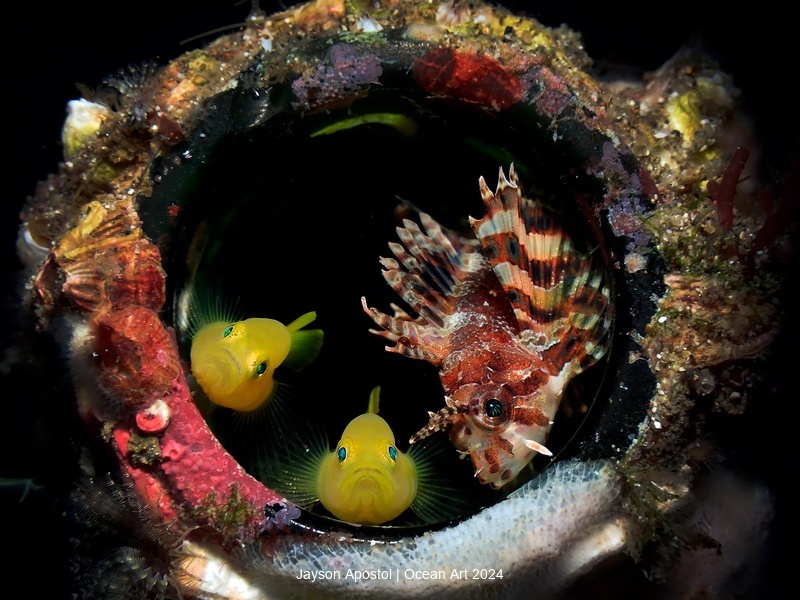
Macro categories
Back to the non-compact categories, this striking image won first place in the macro category. Taken at Tulamben in Bali.
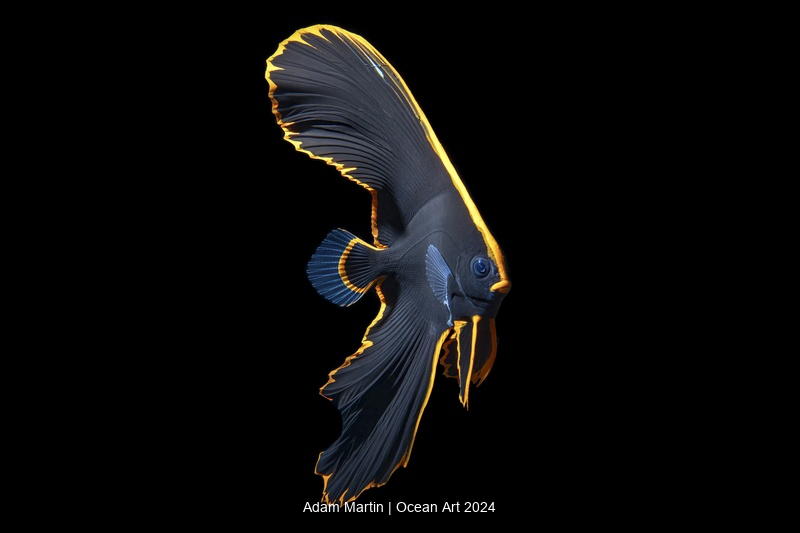
Marine Life Behaviour
The lovely shot only won third prize in the behaviour section, but it is a stunning capture.

Also soon to be released young feature in this first place portrait by Stefano Cerbai.
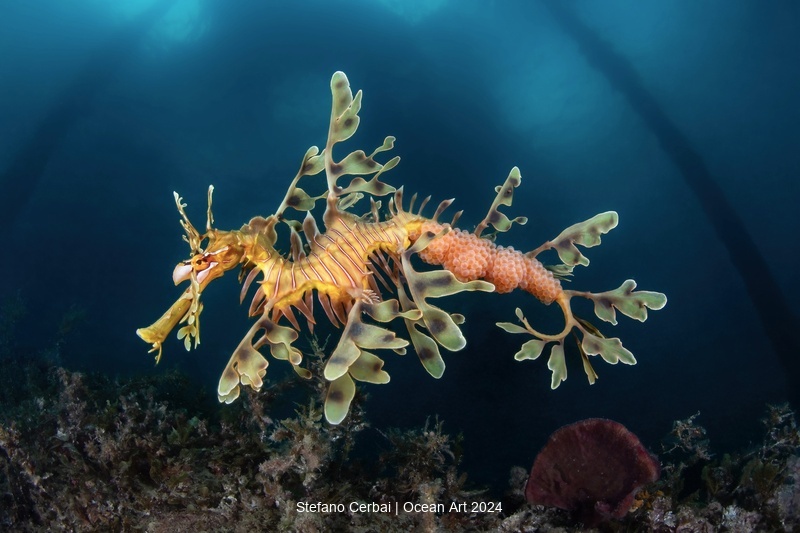
Earlier in the process, these nudibranch winners use their extended gonophors to mate, whilst simultaneously enjoying the delights of a good meal of green tendrils. Captured by Jenny Stock in the Philippines, who was also a winner in 2019, 2021 and 2023.
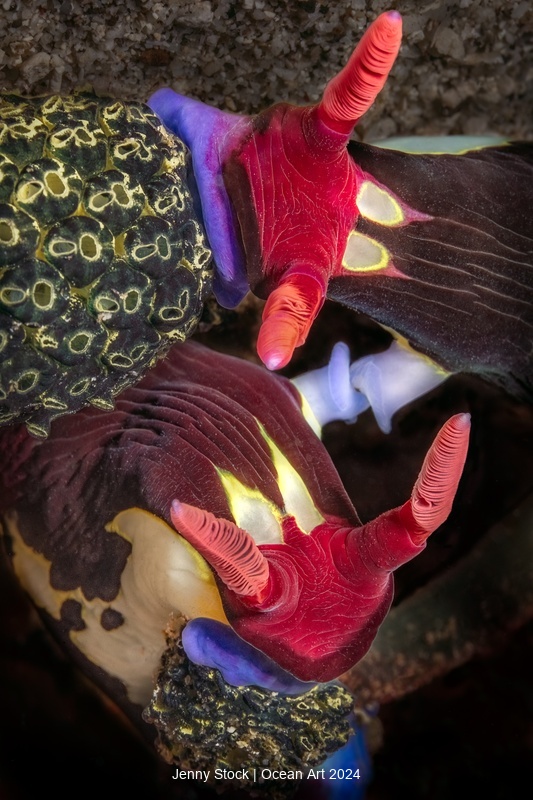
“This year’s Ocean Art competition was nothing short of extraordinary,” said Nirupam Nigam, organiser
of the contest and Editor-in-Chief of the Underwater Photography Guide. “The talent and vision displayed by our participants have set new benchmarks for underwater photography. These images do more than win awards; they captivate hearts and minds, reaching millions globally and reminding us of our shared responsibility to protect the ocean’s beauty.”
How to win the competition?
If you fancy entering next year – what do you need to do to win? Well, luckily the judges are happy to tell you.
- Technical Excellence
Soft focus and/or missing the mark with exposure will weigh against an image. Good use of your frame and a well-composed photograph work in your favour. - Know Your Histogram
If important parts of your image exceed 255 on the right or drop below zero on the left, it’s unlikely to be selected. - Use a Calibrated Monitor
Many images with great potential are hampered by inaccurate color. Blues, in particular, are tricky to get right, and the ocean is not purple. - Be Judicious with Special Effects
Gimmicks like filters, multi-colored lighting, and special effects can sometimes produce outstanding images. However, they more often overpower the subject or grow stale. Always ask yourself, “Does this effect enhance or detract from the subject and overall image?” - Know Your Software
Specialized sharpening software, AI editing, and other tools can be both helpful and harmful. Understanding the capabilities and limitations of your tools is essential. - Read the Rules
Carefully consider the most appropriate category for each image. For example, a wide-angle photo doesn’t necessarily belong in the wide-angle category if it conveys a strong environmental message or showcases incredible behaviour.
All the winning underwater photos
Click for enlargement and more photos.
The full list of winners is: Adam Martin, Anna Aita, Ariel Gliboff, Bo Pardau, Borut Furlan, Brittany Ilardi, Claudio Zori, Claudia Weber-Gebert, David Pleuvret, Dawn McDonald, Dr. Tom Shlesinger, Eduardo Acevedo, Eduardo Labat, Enrico Somogyi, Földi László, Giancarlo Mazarese, Grzegorz Krysiak, Hwanhee Kim, Ilaria Mariagiulia RizzutoImogen Manins, Jack Berthomier, James EmeryJayson Apostol, Jeongin Kim, Jenny Stock, Jill Crosby, Julian Gunther, Kathrin Landgraf-Kluge, Kat Zhou, Keigo Kawamura, Ken Keong Chong, Kimber Greenwood, Kirsty Andrews, Kyungshin Kim, Lorenzo Terraneo, Lucie Drlikova, Marco Lausdei, Mark Chang, Martin Broen, Massimo Zannini, McKenzie Spalding, Mehmet A. Gungen, Naomi Springett, Nemer Chua, Nancy Berg, Olivier Clement, Reiko Takahashi, Shuo-Wei Chang, Stefano Cerbai, Steven Kovacs, Suliman Alatiqi, Sylvie Ayer, Tom Vierus, Todd Aki, Unkoo Kim, Wendy Biscette, Xaime Beiro, Yoichi Sato and Ines Goovaerts.
For more on them and their photos see the Underwater Photography Guide

